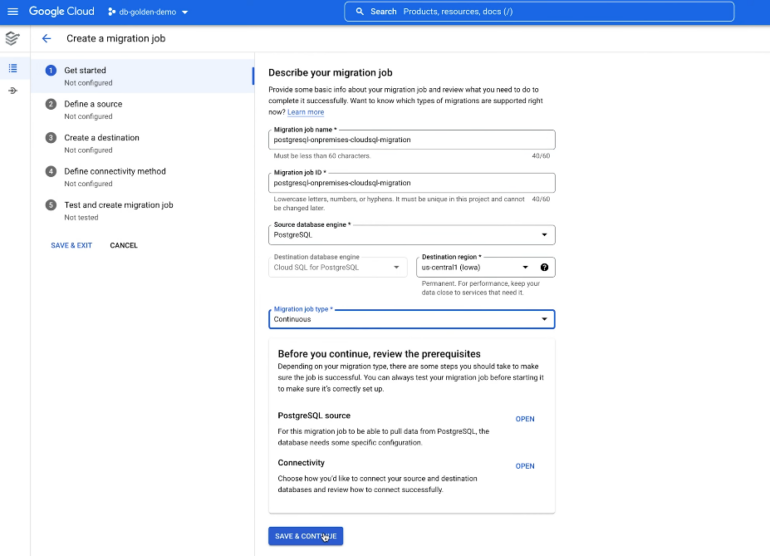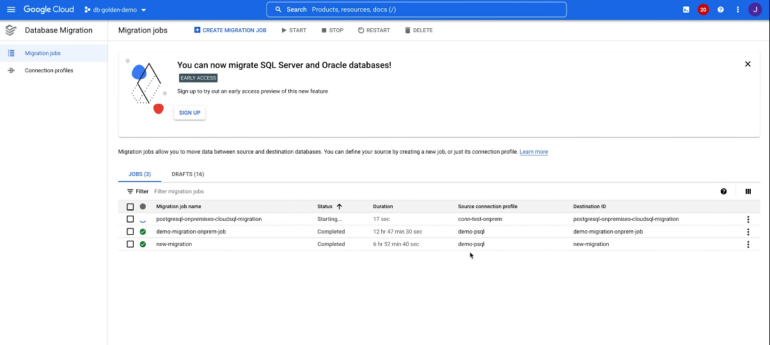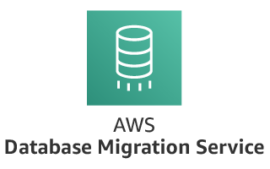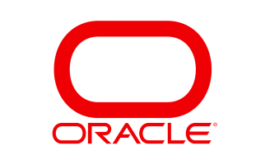
Google Database Migration Service is a service that supports users who want to migrate data into Google Cloud. Explore its features, pricing, and more to determine if it’s your ideal DMS.
Database migrations can be highly complex and challenging, involving expensive upgrades and the risk of prolonged downtime while code is converted to a new database engine and switchover applications. Fortunately, there is a solution in the form of data and database migration services. Google Database Migration Services makes it easy to migrate databases and datasets to Google Cloud and offers guidance on every step of the process.
Google Database Migration Service is a cloud-based data migration tool for migrating and replicating databases and other resources to the Google Cloud Platform from on-premises systems, physical services, cloud platforms and virtual machines. The tool is used to simplify data migration through an integrated migration experience. In this guide, learn more about Google DMS’s key features and alternatives for database migration.
Jump to:
Google’s Database Migration Service is priced depending on the data migration type the buyer chooses.
DMS is offered for free for homogeneous use cases, where the data’s source and destination exist within the same database engine. This would include native migrations to Cloud SQL or AlloyDB for PostgreSQL.
For heterogeneous use cases, where the source and destination database engines differ, DMS is charged based on the number of gigabytes processed. Customers are billed per migration job, with their usage measured per byte of raw data.
DMS can migrate data through the change data capture or backfill methods. The costs for Google DMS usage depend on the migration method (CDC or backfill) and the region. Each month, the first 50GB of data migrated through the backfill method is free. For usage above 50GB, each area where DMS is available has a flat price per gigabyte to migrate data through the backfill method.
On the other hand, costs are tiered for customers performing data migration through CDC. As customer’s usage increases, the price per gigabyte of use within the tier is reduced.
See the following example of Database Migration Service pricing in Los Angeles:
Google DMS offers private and secure connectivity methods to protect data during migration. In addition, all data is encrypted by default, which makes the data unreadable during transit.
Google DMS provides multiple layers of security, so users can have peace of mind that their data is secure during the data migration process. When the data reaches the endpoint, it is decrypted and verified.
The serverless features of Google DMS eliminate several hurdles of data migration, including the need to provision hardware such as migration servers, that are often required for data migration processes.
Google DMS also has auto-scaling features to ensure uninterrupted data replication and high-performance data transfer. The serverless design eliminates the need to hire or allocate extra resources for the data migration project. This tool also reduces the risk of going over budget or hitting unexpected delays during the data migration process.
First-time users can enjoy a guided experience through migration (Figure A). Users can also set up multiple networking connectivity, customized source configuration, and built-in scripts for quick and simple execution. The data migration setup, configuration and flow are validated to ensure the data migration process is set up to succeed.
Figure A
The dashboard of Google DMS can be used to monitor migration job lists and track any migration delays (Figure B). The data transfer migrations can be observed through its API and UI. The connection to databases is specified separately, so users can quickly re-enter configuration values through different phases of data migration, such as testing and execution.
Figure B

Experts from Google Professional Services can facilitate successful database migrations for DMS users. This includes everything from guidance on migration planning to setting up turnkey solutions for data migration.
The combination of Google DMS and partner services ensures the entire data migration process is smooth.
| Software | Google DMS | AWS Database Migration Service | Oracle GoldenGate |
|---|---|---|---|
| Cloud-native. | Yes | Yes | Yes |
| Multiple data source connection. | Yes | Yes | Yes |
| Data quality assurance. | Yes | Yes | Yes |
| Prebuilt connectors. | Yes | Yes | Yes |
| Starting price | $0.481 per GB for DMS backfill migration. Prices vary by location. | Free tier option with up to 750 hours of Single-AZ dms.t2.micro instance usage each month for one year. | Free version with limited functionality. License price for an Oracle GoldenGate processor is $17,500. |

AWS Database Migration Service is a managed data migration service that supports migration between 20+ database engines for the AWS cloud, including Microsoft SQL, PostgreSQL, Oracle and Amazon Aurora.
This service supports homogenous migrations — such as Microsoft to Microsoft — and heterogeneous migrations — such as data migration between Amazon Aurora to Oracle. With AWS DMS, the source database remains fully functional to minimize downtime. However, some users have reported issues with cross-cloud support and documentation.

The rich functionality and flexibility offered by Oracle GoldenGate make it one of the leading database migration/replication tools and a significant competitor to Google DMS. The top features of Oracle GoldenGate include zero downtime migration, application upgrades and extensive cross-platform support.
Organizations can use Oracle GoldenGate to improve business insights through real-time data warehousing and report offloading. All major heterogeneous data migrations are supported by GoldenGate, including MySQL. The active-active data replication of GoldenGate ensures source and destination systems can be used simultaneously.
This is a technical review using compiled literature researched from relevant databases. The information provided in this article is gathered from vendor websites or based on an aggregate of user feedback to ensure a high-quality review.